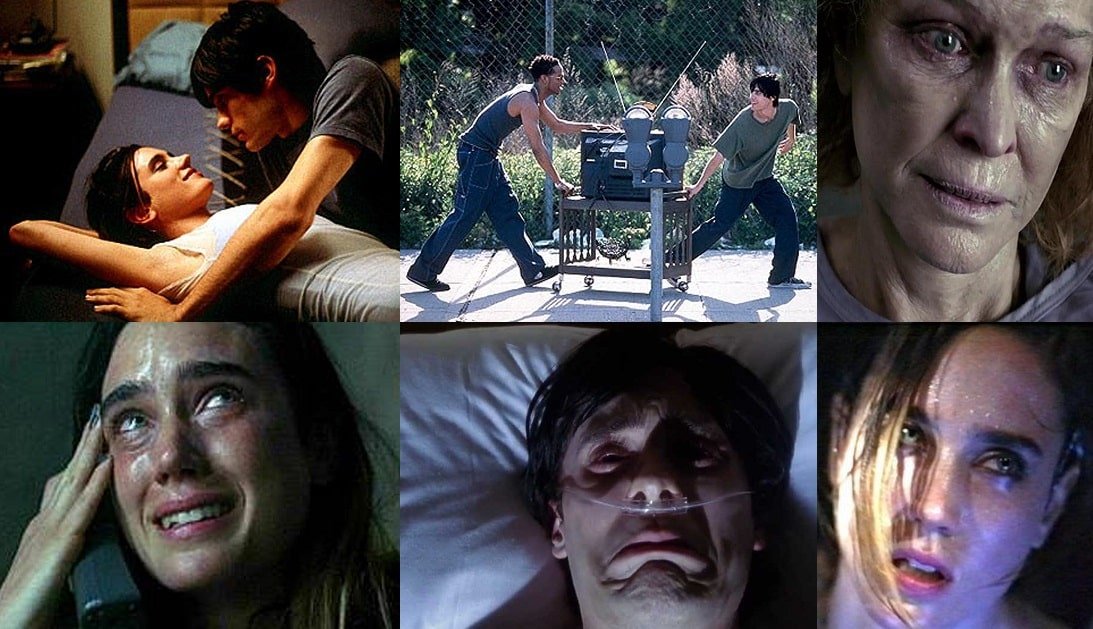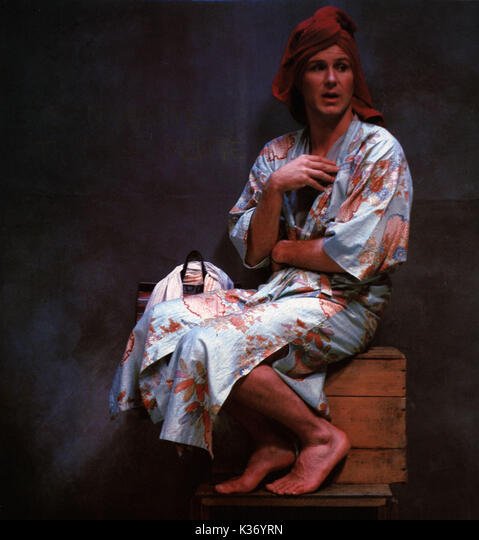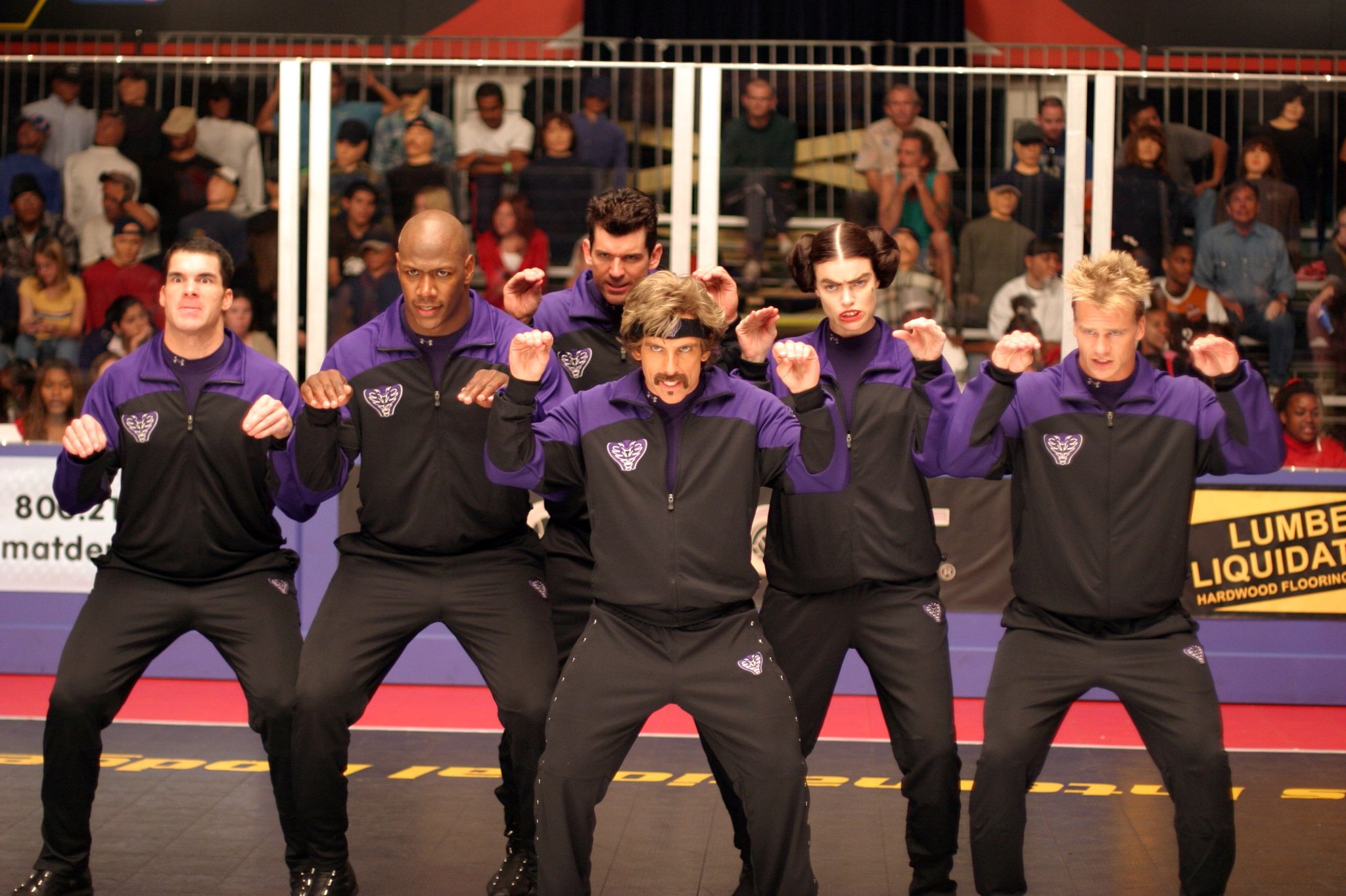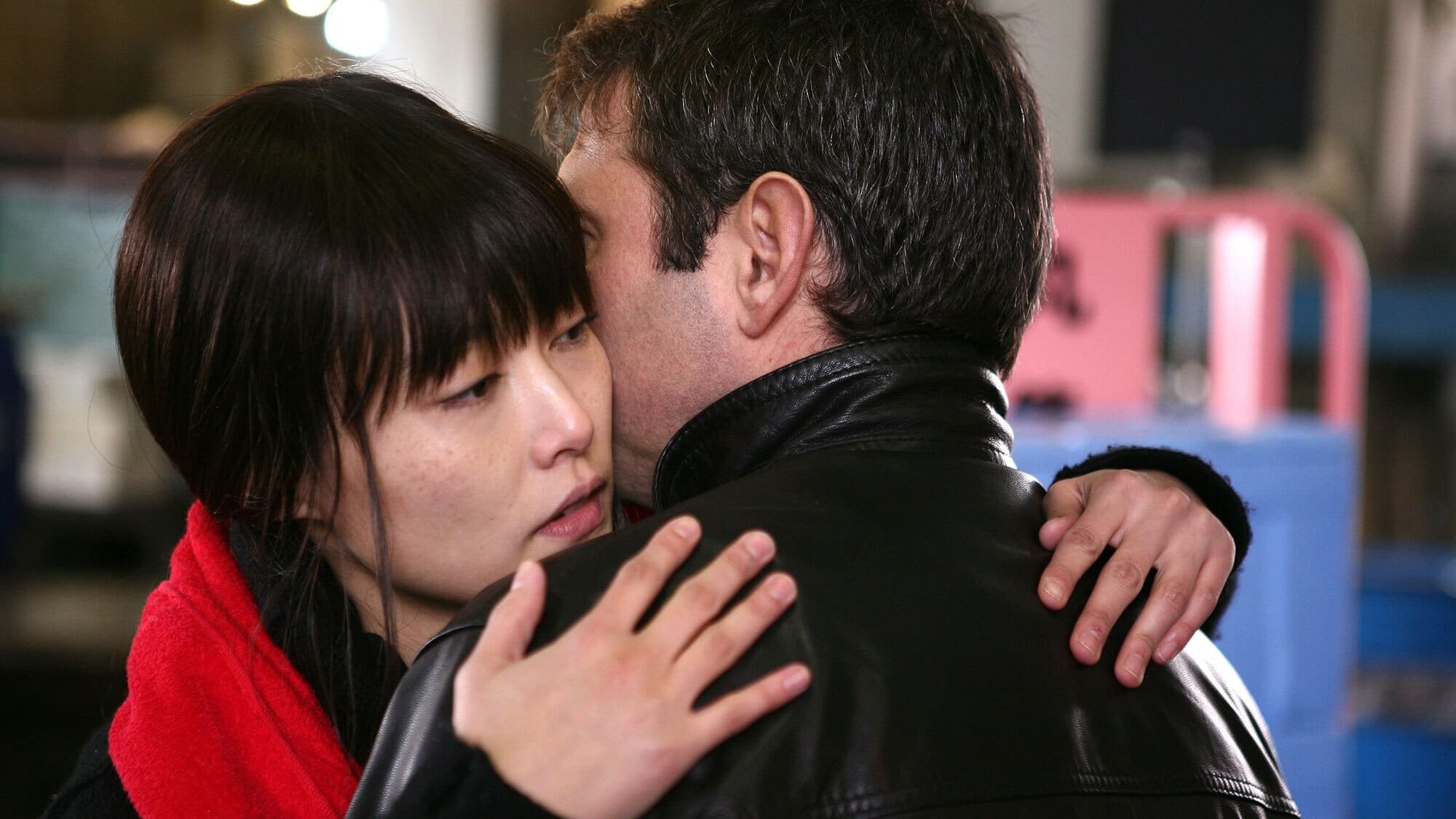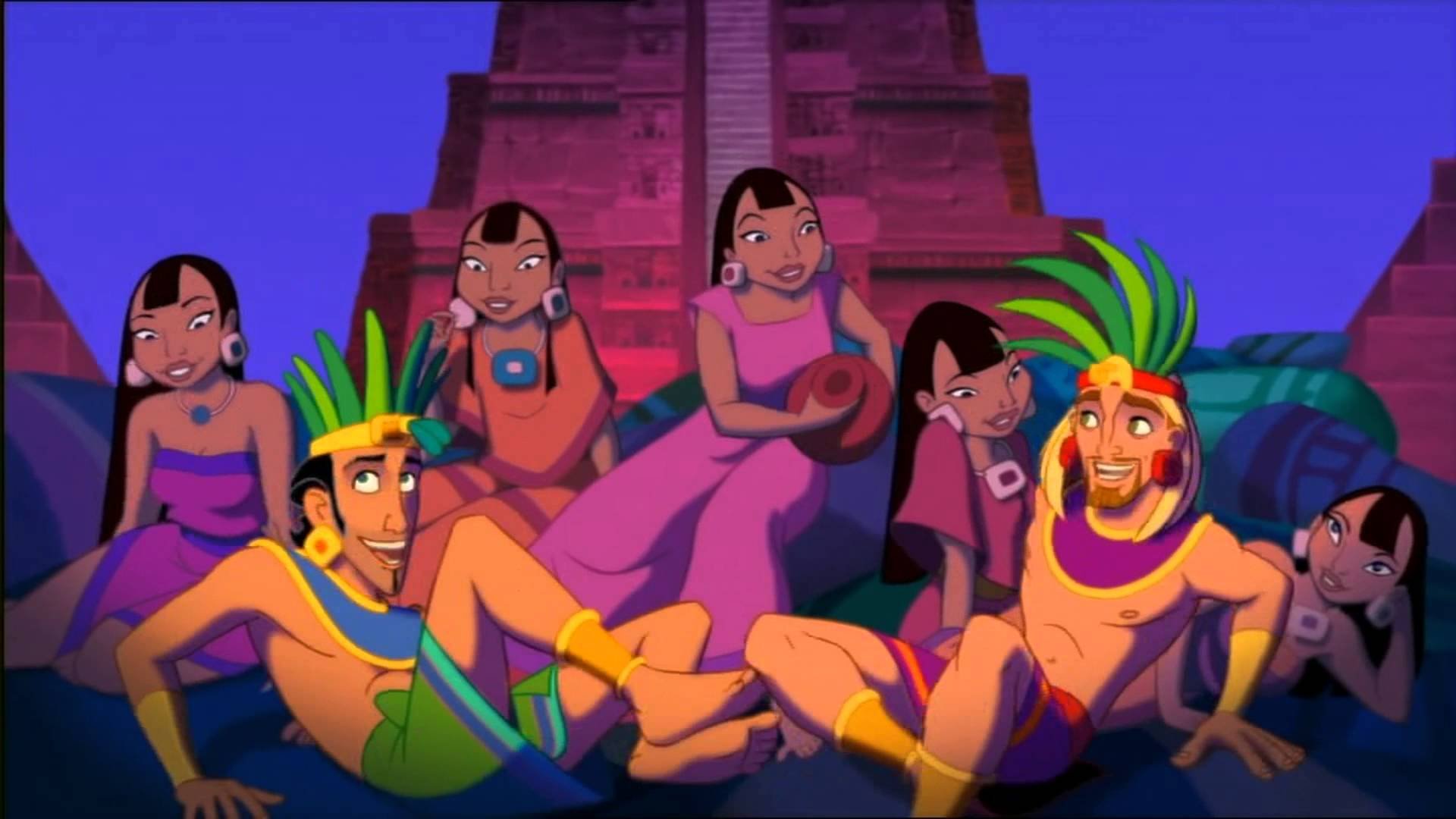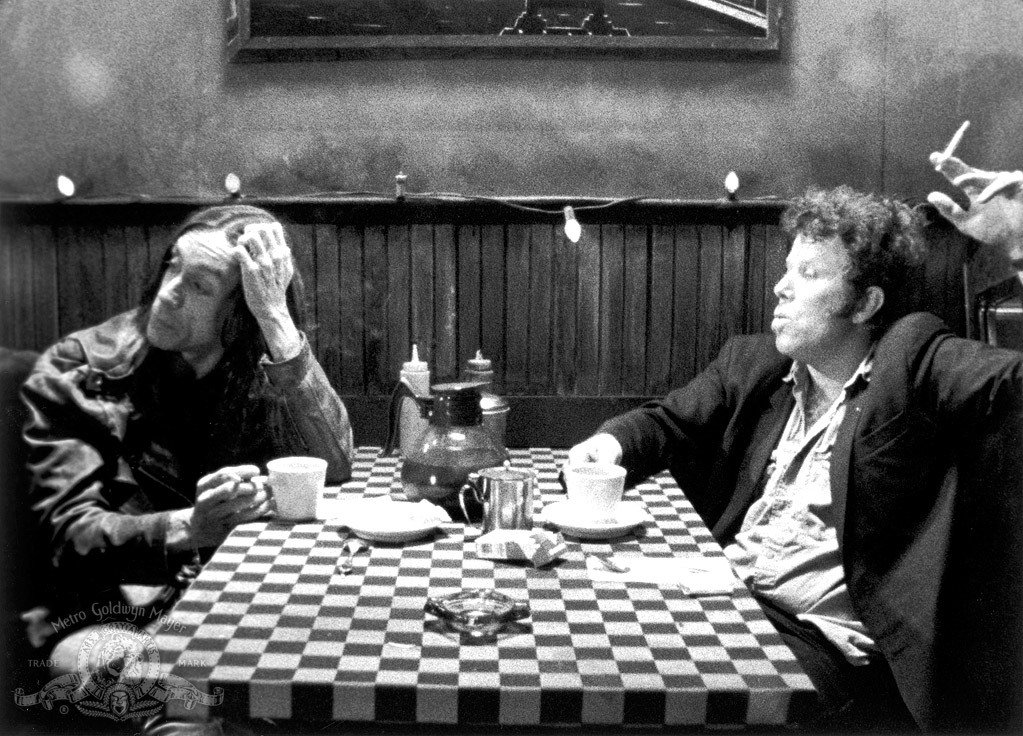In the Shadows
As it goes, at the beginning of September, the Inktober prompt list made its way into my overfilled inbox.
I read the prompts, chuckled at the absurdity of me attempting to draw 31 pictures in 31 days and let it sit in said inbox, while I was preparing for a busy month of traveling, which also included the London Film Festival (which I ended up partly scrapping). I prepared, the list festered and everything was fine in the world.
Well, did you know that FOMO is a thing – like, a huge thing?
Inktober Challenge Week 1
As is goes, at the beginning of September, the Inktober* prompt list made its way into my overfilled inbox.
*Instagram event, which challenges you to draw as many pictures as possible during the month of October, following an official prompt list.
I read the prompts, chuckled at the absurdity of me attempting to draw 31 pictures in 31 days and let it sit in said inbox, while I was preparing for a busy month of traveling, which also included the London Film Festival (which I ended up partly scrapping). I prepared, the list festered and everything was fine in the world.
Well, did you know that FOMO is a thing – like, a huge thing?
In mid-September, the official Inktober Instagram account started posting about the upcoming event, and I got increasingly anxious. I felt like everyone was joining in. Everyone, but me (stupid obsessive brain!). And so, I concocted a cunning plan. If I turned Inktober into work, instead of fun, then I had to do it (not really), I couldn’t possibly skip work (yeah, I can).
My Cunning Plan:
Find 31 movies with any of the prompt list words in the title, watch the movies, write Instagram length reviews (2200 symbols), rejoice in the organic growth of my account and the praise I’ll be getting.
Oh, sweet early autumn child.
In the end Instagram seems to have shadow banned me for using bad words that make the algorithm angry and literally no one read anything I’ve written.
Sad as this may be (and believe me, I am incredibly sad), however, I did learn a lot during this month. I learned, how to schedule posts, how to compose short and to the point reviews, and best of all, I learned how to work on a tight schedule and how to have and express an opinion on every movie, no matter my personal taste.
Because I was pretty much publishing into the void this whole month, I decided to publish my reviews here in four increments during November and a bit of December, before turning to Christmas and end of the year matters.
I hope you like the reviews and if you do, go to my Instagram account, interact with my posts and maybe then I’ll be released from shadow prison.
1. Requiem for a Dream (2000)
Beautiful, isn’t it?
Requiem for a Dream centers on Harold (Jared Leto), his girlfriend Marion (Jennifer Connelly), his friend Tyrone (Marlon Wayans) and his mother Sara (Ellen Burstyn), all of whom struggle with addiction. The main trio is addicted to drugs of various varieties (heroine, cocaine, weed), and Sara to television, chocolate and being liked? (Aronofsky’s views on fatness haven’t changed much, judging by how he handled Charlie in The Whale).
The movie is divided into three distinct sections – Summer, Fall and Winter – in which the progression of the seasons marks the downfall of the characters. In Summer, we get to know the characters and their dreams, in Fall the hens come back to roost, because of their addictions and bad choices, and in winter everything is bad and Lux Aeterna plays.
Speaking of Lux Aeterna. It’s no secret that Requiem for a Dream wouldn’t have been nearly as successful, if not for Clint Mansell’s score, performed by the excellent Kronos Quartet. The eerie crushing strings, combined with heavy scratch beats, creepy vibraphone notes and an overall heavy and alien ambience, make the film worth watching just for the the score progression alone, which turns unbearably madness-inducing in the Winter section.
As per the director’s intent, the soundtrack also alerts us to the fact that we’re watching a movie from the very beginning, further alienating us from what’s happening on screen.
We meet Harry in the middle of stealing his mother’s TV set (the thing she’s presumably addicted to). As he verbally abuses her, while she hides and cries in the closet, we hear the quartet tuning their instruments and the conductor tapping his baton to indicate that the show is about to begin, then the title card literally crashes onto Sara.
The movie overall feels like a long overwrought anti-drug PSA* with creative editing, great sound design and one of the greatest film scores of the last fifty years. We repeatedly see characters through a surveillance camera and “unnatural” shots (fish-eye lens, overhead, tracking shots), which not only convey the mood and the perpetually strung-out states of the characters, but also alienate us from them, remind us that this is a movie – or a freak show.
*Public service announcement
Aronofsky is obviously fascinated by people he deems “other”, but he doesn’t empathize with them. Instead, he isolates them in specimen jars, observing them, shaking the jars when he gets bored, and leaving them in a dark cupboard when they finally die.
The characters in Requiem for a Dream, or any of his movies really, are not allowed to grow, to have character arcs or simply have any traits or interests that are not related to their otherness. The only thing they’re allowed to do is suffer for Aronofsky’s and our entertainment.
Thanks, I hate it.
2. Kiss of the Spider Woman (1985)
Kiss of the Spider Woman (1985), originally a novel by Manuel Puig, was directed by Argentine-Brazilian director Héctor Babenco and stars William Hurt and Raul Julia as main characters Luis Molina and Valentin Arregui, as well as Sônia Braga as Leni Lamaison/Marta/Spider Woman.
The movie is mostly a chamber play set in a prison cell, where Molina, a homosexual convicted to at least eight years without parole, and Arregui, a journalist and member of the resistance, who’s being held and tortured by the Brazilian military dictatorship in order to get him to give up his resistance cell, meet and argue about their political beliefs, gender roles and what it means to be human.
Originally planted by the prison director to extract any at all information from Arregui, Molina retells one of his favorite movies to Arregui to pass the time. In a sepia-toned movie within a movie, complete with a sweeping 1940-ies soundtrack by John Neschling, he tells a grand romantic tale about the beautiful chanteuse Leni Lamaison, as she falls in love with the handsome Werner, the chief of counterintelligence, during the German occupation of France.
Molina, clad in a turban, kimono and very tasteful prison make-up, moves and sways to imaginary music, as he tells the tale of the star-crossed lovers. As Arregui points out that the film is obviously Nazi propaganda, designed to make Jews and the French resistance look like grubby, dirty cowards, while elevating the Nazi cause, Molina gets annoyed and insists that it’s just an unimportant backdrop to the actual story – the romance.
The movie, therefore, posits two still very topical questions, which it answers in a shockingly modern manner.
1. What is the price of freedom?
2. What does it mean to be a man (or woman)?
Molina is effeminate and fully identifies with the female main characters of his fanciful tales. He repeatedly asserts that he needs a real man (meaning heterosexual) and suffers under the circumstances of the gender he was assigned at birth. Whether on purpose on Babenco’s part or not, Molina is a trans woman. Suffering from gender dysphoria and constant societal oppression, she chooses to be apolitical. Why should she, in the end, help others, if they’re more likely to hate her for what she is? From her point of view, being apolitical is an act of freedom and defiance.
Arregui has clear definitions of what it means to be a man, which is also closely tied to his political beliefs. For him and the world he lives in, it’s a mixture of violence, asceticism to the point of self-harm, and duty above all. Molina’s gender-fluidity and consequent political inertia, irk him so much that he even physically assaults her, because of her perceived decadence and emotionality. His duty to the cause, the resistance against a fascist regime is very much tied to his masculinity, to his ability to choose politics over emotion. From his point of view, being apolitical, choosing fantasy over reality like Molina, is a crime not only against society (a society he chose to leave on his own accord, not because he was cast out), but a crime against the very foundation of masculinity.
Over the course of the movie, Molina patiently nurses Arregui back to health after he was poisoned by the warden, while Arregui opens up about why, for him, the cause is worth dying for. While Molina experiences the selflessness of fighting for a better future, for freedom, firsthand, Arregui gradually accepts the inherent selflessness in caring for others, in emotional support (it’s still 1985, so these are the female traits we get). When Molina professes her love for Arregui, he accepts it, reciprocates it even. In this moment Arregui truly sees Molina for what she is and she, in turn, finds something worth fighting and even dying for, as being free and apolitical doesn’t change anything, doesn’t bring her and others like her closer to the acceptance she feels when Arregui looks at her.
In the end, they both die, of course. Molina dies protecting the information Arregui gave her when they parted ways, and Arregui is beaten to death after refusing to give up his resistance cell. As he finally allows himself to feel, the film ends with him escaping into a dreamy landscape with the woman he loves.
Love and ideology are a dangerous mix, and the movie is not perfect, as its views on gender and homosexuality are still of its time. However, the themes it touches upon are still relevant to this day and very much worth talking about.
3. I’m Off Then: Losing and Finding Myself on the Camino de Santiago (2015)
This was not my first choice of movie for this particular prompt. Alas, the Spanish import DVD of Primrose Path got lost somewhere between Germany and Spain and the other English language movies I had easy access to (I’m trying to watch movies, which are widely available) were weird straight to VOD war movies or Pathfinder, which has a whopping 9% on Rotten Tomatoes.
So, I had to get creative. And here we are, a German movie about an overworked entertainer, who, as the title says, loses and finds himself on the Camino de Santiago, also known as the Way of St. James. Way – Path – close enough.
I’m Off Then was adapted from the wildly popular book Ich Bin Dann Mal Weg by German entertainer Hape Kerkeling. The book is largely autobiographical, as he recounts his time on the Camino de Santiago, his religious upbringing and how he finally found himself and God on an 800km hike through Spain. The movie was directed by Julia von Heinz and stars Devid Striesow as Hape Kerkeling and other German greats like Katharina Thalbach, as his grandma, Martina Gedeck and Karolina Schuch as his travel companions Stella and Lena as well as Annette Frier is his agent Dörte.
We meet Hape at the peak of his career and totally and utterly burnt out. As his doctor prescribes 3 months of “doing nothing”, Hape starts to reminisce about his religious upbringing and wonders, where that faith went and whether he can find it and himself again. On a whim he decides to hike the Camino de Santiago and hopefully find God along the way.
Over the course of his hike, Hape finds himself not only in his renewed faith, which is touched upon lightly, but never to the point of preaching, but also in his acceptance of his need for other people. As he tries to go the way in a typical lonesome pilgrimage fashion, he gets depressed and is tempted to just leave and resume his comfortable life, even going so far as make plans to go home.
Before he can book the tickets, however, he realizes that being around other people is not a distraction or frivolous indulgence, but a vital part of himself as a person. As soon as it hits him, he not only has the strength to resume his journey but help his companion Stella along the way.
I’m Off Then is a cute, heartwarming and touching little movie about one man’s journey to himself, but also about all the other ways, paths and journeys, we can take to get to know ourselves, be it religious in nature or not.
4. Dodgeball: A True Underdog Story (2004)
Now that I’ve shown that I understand smart movies, it’s time for something very ….. very dumb.
If you ever wanted to see a rag tag team of inferior gym bros take on a jacked-up team of incredibly superior gym bros (and broettes) in a dodgeball match of epic proportions, then do I have a movie for you!
Dodgeball: A True Underdog Story is a 2004 raunchy comedy directed by Rawson Marshall Thurber and stars Vince Vaughn, Ben Stiller, Christine Taylor, Justin Short and Rip Thorn.
Like a lot of the comedies of the early 2000s its offensive, ticking off pretty much all the boxes with impressive panache and fervor: its misogynist, sexist, fatphobic, racist, and probably a lot more stuff that I’ve missed, because for some reason … I was busy laughing my ass off.
Don’t get me wrong, the movie is incredibly stupid and offensive, but something in the movie’s confidence in its own offensiveness being endearing, caught me off-guard. Instead of being disgusted, I was delighted at Ben Stiller’s stupid mustache and the horrible fat-suit, I loved how both the villain, and the hero sexually harassed the female protagonist, but only one of them was labeled a creep and oh me oh my, I loved the never-ending oppressive stream of ball and dick jokes.
I forgot how refreshingly naïve the “humor” back then was, how obviously vile, without the use of dog-whistles and the dark presence of a fascist regime always looming in the background. I’m not sad those days are gone, I like that modern comedy is at least trying to punch up and not down, but somewhere deep in the recesses of my soul, I miss those days of innocence.
5. Map of the Sounds of Tokyo (2009)
Remember me, as the woman with long hair …. hrrk…
Map of the Sounds of Tokyo was directed by Isabel Coixet and stars Rinko Kikuchi as Ryu, Sergi Lopez as David and Min Tanaka as the Sound Engineer/Narrator.
The narrator, a sound engineer we know nothing about, tells the story of Ryu, an almost silent protagonist who is a fish market worker by night and assassin by… night. As she gets hired by a bereaved businessman to kill his late daughter’s boyfriend David, she soon finds herself weirdly drawn to the much older man. They soon start and affair and then she dies.
This movie is incredibly boring and formulaic. Besides the exotic pull Japan has on Europeans, there is absolutely no reason as to why the movie is set in Tokyo, and although we were promised a map of its sounds, the sound design was nothing special. The actors had no chemistry whatsoever, the dialogue was stilted, and their sex scenes were so gross and cringy that I (a very adult woman) had to skip them (ick).
The characters are also hardly developed, least of all the main character Ryu, who seems to solely exist for the gratification of the men around her, a prop in character form.
The narrator is in complete control of the story, so everything we know about her comes from him; he tells us what she likes and dislikes, how she feels and who she is. Outside of his narration, she is a blank slate, constantly being observed and characterized by him and then later by David.
Without their gaze, she would be nothing. After Ryu dies a senseless death protecting David, the narrator chimes in to give us the last words we’ll hear about this woman: “…. he’ll always remember the woman with long hair who loved mochi.” That’s it. This is her characterization. The same goes for the businessman’s dead daughter, by the way: we know nothing of her, except for what several men tell us about her.
Although the title promised something unique and interesting, the movie turned out to be a boring ode to the male gaze and orientalism, using its female characters like props to fulfill male needs and desires.
6. The Road to El Dorado (2000)
The Road to El Dorado was directed by Eric Bergeron and stars Kevin Kline and Kenneth Branagh as Tulio and Miguel respectively, a pair of ancient Spanish con-men, who, after stealing a map to the fabled Aztec (this word is not mentioned once, btw) city of El Dorado, experience the wonders of colonialism and easily bamboozled noble savages.
No, I won’t lay out the entire tapestry of Western foolishness at the base of this movie, there’s no sense in criticizing a nearly quarter-century old cartoon. Instead, I want to focus on the positives.
Although the story is quite basic, I very much enjoyed the characters and voice acting. Kline and Branagh had great chemistry, and Tulio and Miguel’s friendship was believable and heart-warming. The other voice actors, including Rosie Perez as adventurous Chel, Armand Assanti as the villainous Tzekel-Kan and Edward James Olmos as the good humored Chief Tannabak, are wonderful and clearly had fun with their roles.
What makes the movie still stand out even today, however, is the superb animation. The faces are incredibly expressive, and the character models are so distinct that I didn’t have any difficulty distinguishing even the background characters (some of them anyway). The soundtrack is also endearingly old-fashioned, with original songs by Elton John and a score by Hans Zimmer, who is still the master of maritime adventure music.
The Road to el Dorado is cheesy and slightly old-fashioned, but it’s easy to ignore its obvious shortcomings in favor of the excellent animation, cute characters and endearing soundtrack.
7. Coffee and Cigarettes (2003)
There is, unfortunately, no movie with the word “drip” in its title, except a short horror film, which is probably a perfectly fine film, but horror movies are not kind to my overwrought imagination - never were.
Therefore, I had to play a game of association: drip —> coffee. That’s it. It wasn’t a very long or difficult game.
Coffee and Cigarettes is an anthology film consisting of 11 short vignettes directed by Jim Jarmush, which feature an eclectic cast of characters meeting and talking over a cup of coffee and smoking a cigarette.
As the sections are incredibly short and bear the typical Jarmush air of improvisation, here are the themes of every one of them in one word (more or less):
1. Strange to meet you (Roberto Benigni, Steven Wright)
Strange encounters and sharing responsibilities.
2. Twins (Cinque and Joie Lee, Steve Buscemi)
Power, race relations and taking responsibility.
3. Somewhere in California (Iggy Pop, Tom Waits)
Creative differences.
4. Those’ll kill ya (Joseph Rigano, Vinny Vella, Vinny Vella Jr.)
What doesn’t kill you…
5. Reneè (Reneè French, E.J. Rodriguez)
Male entitlement.
6. No Problem (Isaach de Bankolé, Alex Descas)
Unspoken words and non-verbal communication.
7. Cousins (Cate Blanchett)
Desperate for connection.
8. Jack shows Meg his Tesla coil (Jack White, Meg White)
Accepting help from other people.
9. Cousins? (Steve Coogan, Alfred Molina)
Connections are power.
10. Delirium (RZA, GZA, Bill Murray)
Bill Murray is a figment of or collective imagination.
11. Champagne
The sheen of bygone days.
All sections are shot in black and white and feature a beautiful centered overhead shot of the different tables, populated with coffee mugs, cigarette butts, stains and crumpled napkins.
The dialogue is spontaneous, awkward, sometimes quite tedious, and the actors feel lost at times, searching for words, trying desperately to connect to their scene partner (even if the scene partner is yourself (Cousins)).
Overall watching all of the vignettes in a row was a mind-numbing experience. The constant cigarette smoke emanating from the screen started to smell at some point, and at the end of the movie, my apartment, my clothes, my hair stank of stale cigarettes and coffee and my soul felt stained with a thin layer of grime.




